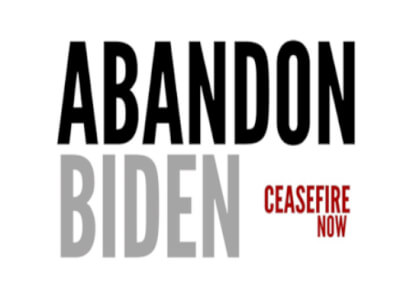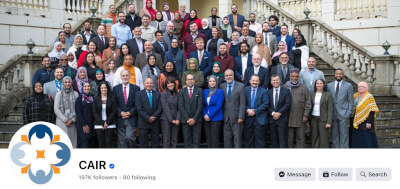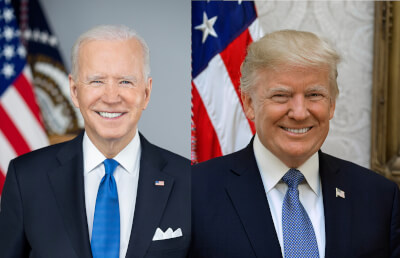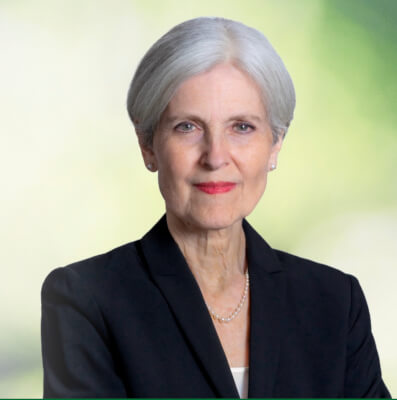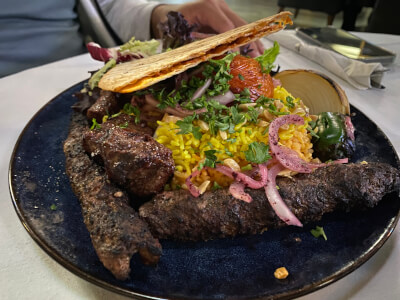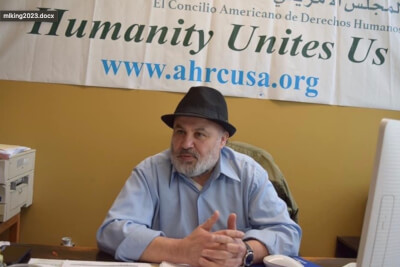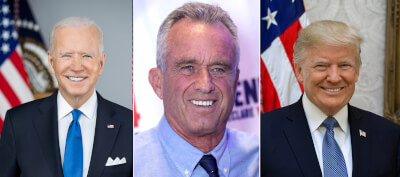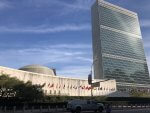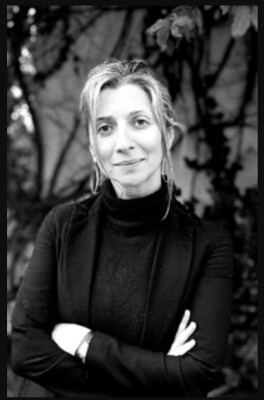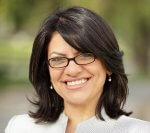Khalil Gibran is one of America’s best known American Arabs. The acclaimed poet’s book, The Prophet, first published in 1923, has sold more than 100 million copies and has been an inspiration to American Arab writers for generations. On Friday, August 7, 2015, the animated film will open at limited engagements throughout the country with little pre-publicity or fanfare
By Ray Hanania
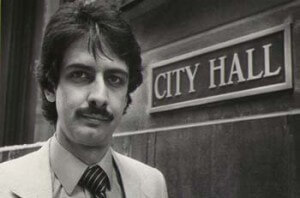
covering Chicago
City Hall
(1976-1992)
Khalil Gibran’s 1923 novel “The Prophet” is to books what “It’s a Wonderful Life” is to movies. It’s a classic. An inspirational story and one that most Americans have either read or are very familiar.
On Friday, August 7, 2015, Hollywood will release the animated film version of Gibran’s book, The Prophet, in a limited distribution to theaters in most major cities.
News of the new movie has been muted and information has been difficult to obtain. Of course, when you are American Arab in the post Sept. 11 poisoned world of hatred, racism and anti-Arab ideology, you have to wonder if you’re just paranoid or if the people involved in making the film just don’t know what they’re doing.
Honestly, the Arabs and Muslims have absolutely no real sense or understanding of the fundamental concepts of communications, public relations, marketing, advertising or all of the things that are essential to embedding a narrative about oneself into the minds of an audience. (That’s why the Israelis run roughshod over the Palestine cause and any Arab nation that supports the Palestinian cause. They know communications. Arabs and Muslims don’t.)

Still, you are anxious, in much the same way that The Prophet, Almustafa, who having lived in the foreign city of Orphalese for 12 years embarks on a journey aboard a ship which carries him home, when he encounters a group of people and begins a discussion on life, humanity and a wire range of topics.
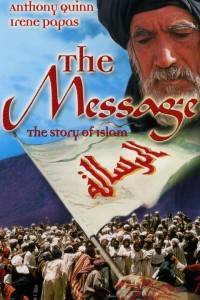
The Prophet explores discussions that have inspired its readers, from love, marriage and children to charity, work, happiness and sorrow. The book speaks to the mundane issues of having a home, and buying clothes to the apprehension and fears of crime and punishment, laws, freedom, reason and passion, topics that appeal to today’s Arabs who believe they are victimized by the anti-Arab Western culture, topics The Prophet does not explore at all.
The movie has an all star cast of veteran actors including Liam Neeson, Salma Hayek, John Krasinski, Frank Langella, Alfred Molina, and Quvenzhane Wallis.
Produced and spearheaded by Salma Hayek, the animated feature was an official selection at Cannes and made its North American premiere at the Toronto International Film Festival.
Written and directed by Roger Allers (The Lion King), the film intersperses Gibran’s elegant poetry within stunning animated sequences by filmmakers Tomm Moore (The Secret of Kells, Song of the Sea), Bill Plympton (Guide Dog), Joan Gratz (Mona Lisa Descending a Staircase), Nina Paley (Sita Sings the Blues), and a host of award-winning animators from around the world, according to information on the film’s website.
The film is set in a Mediterranean seaside village, where Kamila (Salma Hayek) cleans house for exiled artist and poet Mustafa (Liam Neeson). But the more difficult job is keeping her free-spirited young daughter, Almitra (Quvenzhané Wallis), out of trouble.
The three embark on a journey meant to end with Mustafa’s return home – but first they must evade the authorities who fear that the truth in his words will incite rebellion. Featuring music from Damien Rice, Glen Hansard, Gabriel Yared, and Yo-Yo Ma.
In 1977, when Anthony Quinn released the film “The Message,” the story of the Prophet Muhammed and Islam to Western audiences, Quinn reached out to American Arabs to help get the word out. The Message was not without controversy because Muslims were angry at the time because the plans for the film were to actually show an actor portraying the Prophet Muhammed. Backlash against the inclusion of a physical rendition of the founder of Islam moved the producers to reshoot and script the film to not show the Prophet Muhammed, the main character at all. Instead, you would view scenes as if you were viewing them from his eyes. It was a strange and difficult concept for movie audiences that most Americans could not understand and consequently didn’t support.
But we still worked hard to get the message out about The Message. And you can do the same with The Prophet. Hayek, who is part Lebanese American Arab, is dedicated to Arab and Human civil rights and justice. And so are many of the actors who have agreed to lend their voices to the animated characters in the film.
Unlike the 1992 animated Disney movie Aladdin, which portrayed the main character with a Western looking face, the characters in The Prophet have the air and manners of Arab culture.
Here are upcoming release dates and cities. You can help by asking the manager of your local theater to show the film. Yes, it happens, but you have to help.


- Israelisnipers shooting and killing hospital workers in Gaza - December 11, 2023
- CAIR Condemns Israeli Executions of Wounded, Unarmed Palestinian in West Bank - December 11, 2023
- Arab and Muslim American voters face a “simple choice” between Biden’s inhumanity and Trump’s edgy politics - December 9, 2023

